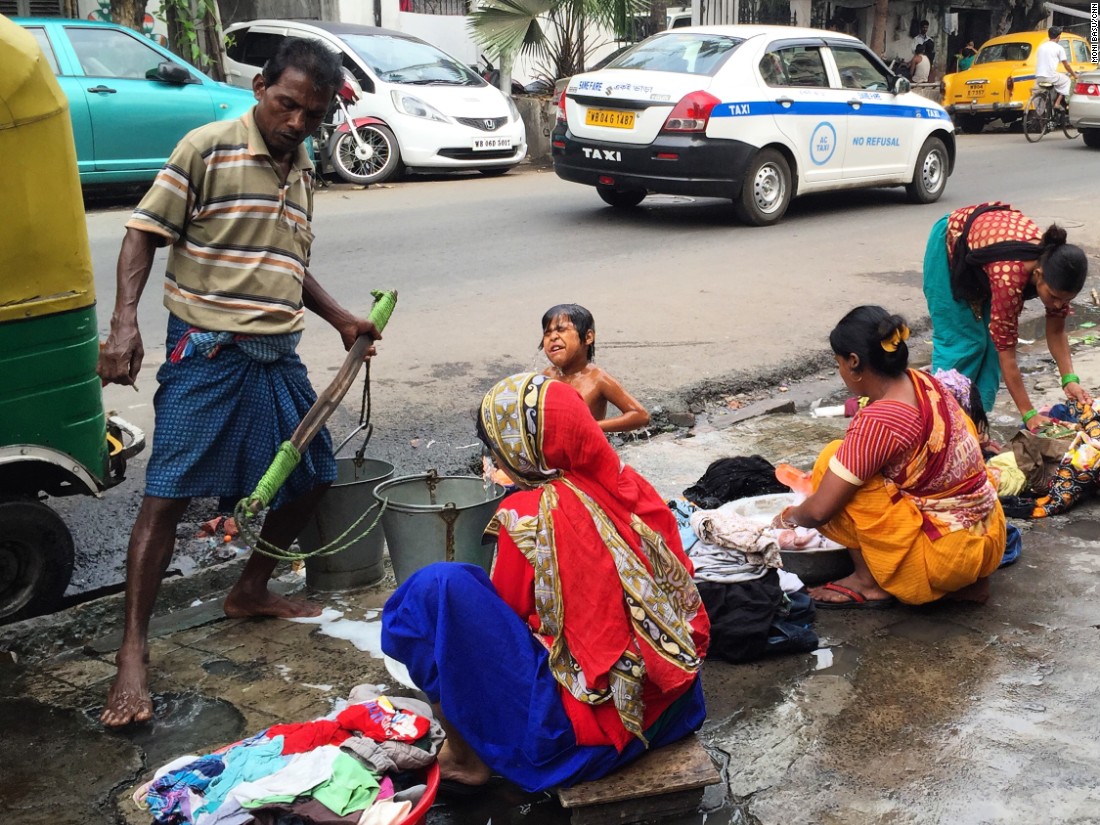The World's Poorest Person: A Journey Through Struggles And Resilience
Ever wondered who the world's poorest person is and what their life looks like? It's a question that often gets overshadowed by discussions about the rich and famous. But today, we're flipping the script. We're diving deep into the reality of poverty, not to exploit, but to understand and humanize the struggles faced by billions around the globe. This isn't just about numbers; it's about people, their stories, and the resilience that keeps them going.
When we talk about the "world's poorest person," it's not just about one individual. It's about a system, a cycle, and a reality faced by millions who live below the poverty line. But who exactly are these people? And how do they survive in a world that often seems designed against them? This article aims to shed light on these questions, offering insights and stories that go beyond statistics.
Before we jump into the nitty-gritty, let's set the stage. Poverty isn't just about lack of money; it's about lack of opportunities, access to education, healthcare, and basic necessities. It's a complex web that traps people in a cycle that's hard to break. So, buckle up, because we're about to explore the world of the world's poorest person, their struggles, and how they keep fighting against all odds.
Read also:What Signature Menu Item Did Wendys Introduce In 1969 That Became A Fast Food Icon
Who is the World's Poorest Person?
Now, here's the thing about labeling someone as the "world's poorest person." It's not as straightforward as it sounds. Poverty isn't measured by a single metric. It's a combination of factors like income, access to resources, and living conditions. But if we had to put a face to this title, we'd probably be looking at someone living in extreme poverty, earning less than $1.90 a day.
While there isn't an official "title" for the world's poorest person, we can look at regions where poverty is most prevalent. Sub-Saharan Africa, parts of South Asia, and certain areas in Latin America often top the list. People in these regions face challenges like limited access to clean water, inadequate healthcare, and lack of educational opportunities. It's not just about money; it's about survival.
Understanding Extreme Poverty
Extreme poverty is defined as living on less than $1.90 a day. Imagine trying to feed a family, pay for shelter, and cover basic needs with that amount. It's a reality for millions around the globe. But what does this look like on the ground? Let's break it down.
- Limited access to clean water and sanitation
- Inadequate healthcare facilities
- Little to no educational opportunities
- Unstable housing conditions
- Dependence on informal labor markets
These challenges create a cycle that's hard to break, trapping individuals and families in poverty for generations.
The Realities of Living in Poverty
Let's get real for a moment. Living in poverty isn't just about not having money. It's about the daily grind of surviving. It's about waking up every day wondering where your next meal will come from, whether you'll have a roof over your head, and if you'll be able to send your kids to school. It's a reality that's hard to fathom for those of us who have never experienced it.
But it's not all doom and gloom. Amidst the struggles, there's resilience. There's a strength that comes from surviving day after day, even when the odds are stacked against you. It's about finding joy in the little things, celebrating small victories, and holding onto hope for a better future.
Read also:Patrick Zeinali Cookbook A Culinary Journey To Remember
Challenges Faced by the World's Poorest
Here's a breakdown of some of the biggest challenges faced by those living in extreme poverty:
- Hunger: Food insecurity is a major issue, with millions going to bed hungry every night.
- Healthcare: Access to healthcare is limited, leading to preventable diseases and high mortality rates.
- Education: Many children are forced to drop out of school to work and support their families.
- Housing: Unstable living conditions are a norm, with many living in slums or informal settlements.
These challenges aren't just numbers; they're stories of real people trying to make ends meet in a world that often forgets them.
Biography of a Life in Poverty
Meet Ahmed: A Story of Resilience
Let's take a moment to meet Ahmed, a 35-year-old father of three living in a small village in Kenya. Ahmed's story is one of resilience and determination. Despite living on less than $2 a day, he's managed to send his eldest child to school and dreams of a better future for his family.
| Name | Ahmed |
|---|---|
| Age | 35 |
| Location | Kenya |
| Family | Wife and three children |
| Income | Less than $2 a day |
| Occupation | Farmer and casual laborer |
Ahmed's story isn't unique. It's a reflection of the millions of people around the world who face similar challenges but continue to fight for a better life.
Causes of Poverty
So, what causes poverty? It's not just one factor; it's a combination of systemic issues that create a cycle hard to break. Here are some of the main causes:
- Economic Inequality: The gap between the rich and the poor continues to widen, leaving many behind.
- Lack of Education: Without access to education, breaking the cycle of poverty becomes almost impossible.
- Political Instability: Corruption and poor governance exacerbate poverty in many regions.
- Health Issues: Diseases and lack of healthcare further deepen poverty.
Addressing these causes requires a multi-faceted approach, involving governments, NGOs, and communities working together to create sustainable solutions.
Solutions to Poverty
Now, here's the good news. Poverty isn't an unsolvable problem. There are solutions, and they're being implemented around the world. Here are some of the most effective strategies:
- Microfinance: Providing small loans to entrepreneurs in poor communities can make a big difference.
- Education: Investing in education is one of the most powerful tools to break the cycle of poverty.
- Healthcare Access: Ensuring everyone has access to basic healthcare can prevent diseases and improve quality of life.
- Infrastructure Development: Building roads, schools, and hospitals in underserved areas can create opportunities for growth.
These solutions require commitment and collaboration, but they're proving to be effective in lifting people out of poverty.
The Role of NGOs and Governments
NGOs and governments play a crucial role in addressing poverty. Through initiatives like the United Nations' Sustainable Development Goals, there's a global effort to eradicate extreme poverty by 2030. But it's not just about big organizations; local communities are also stepping up, implementing grassroots solutions that make a real difference.
Here are some of the most impactful programs:
- UNICEF: Focusing on child welfare and education.
- World Bank: Providing financial support for development projects.
- Local NGOs: Implementing community-specific solutions.
These programs are making strides, but there's still a long way to go.
How You Can Help
Feeling inspired to make a difference? Here's how you can help:
- Donate: Support NGOs and charities working to eradicate poverty.
- Volunteer: Get involved in local or international programs.
- Advocate: Use your voice to raise awareness and push for policy changes.
Every little bit helps, and together, we can create a world where poverty is a thing of the past.
Conclusion: The Future of Poverty
So, where do we go from here? The reality of the world's poorest person is complex, but it's not hopeless. With the right strategies and collective effort, we can make a difference. Poverty isn't just about numbers; it's about people, their stories, and their resilience.
As we wrap up, we want to leave you with a call to action. Take a moment to reflect on how you can contribute to the fight against poverty. Whether it's through donations, volunteering, or advocacy, every action counts. Together, we can create a world where everyone has the opportunity to thrive.
And remember, the world's poorest person isn't just a statistic. They're a human being with dreams, hopes, and the potential to change their story. Let's help them do just that.
Table of Contents
- Who is the World's Poorest Person?
- The Realities of Living in Poverty
- Biography of a Life in Poverty
- Causes of Poverty
- Solutions to Poverty
- The Role of NGOs and Governments
- How You Can Help
- Conclusion: The Future of Poverty


